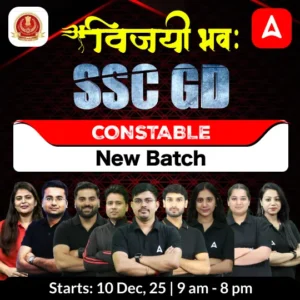The Railway Recruitment Board (RRB) has recently announced the recruitment for Non-Technical Popular Categories (NTPC), for both graduate-level and undergraduate-level positions with a total of 11,558 vacancies. To grab this opportunity and serve as the biggest employer, Indian Railways candidates need to master themselves in all sections under the CBT 1 exam. General Awareness is one of the important sections that covers static as well as current affairs. To help candidates we are providing you with some questions to let you understand the topics in the examination.
General Awareness Questions for RRB NTPC 2024
Q1. According to part IVA of the Indian Constitution," who is a parent or guardian, must provide opportunities for education to his child or, as the case may be, ward
between the age of___________.
(a) 2-6
(b) 6-14
(c) 6-12
(d) 4-14
Q2. Barash is similar to the Hindu festival Diwali, which is celebrated by which of the following tribes?
(a) Varli and Kokna
(b) Santhal
(c) Munda
(d) Gond and Bhil
Q3. The loudness of sound is measured in which unit?
(a) Decibel (dB)
(b) Watt/sq. Metre (w/m2)
(c) Hertz (Hz)
(d) Sound intensity
Q4. After independence, India launched its First FYP in 1951, under _____________ influence of first Prime Minister Jawaharlal Nehru.
(a) socialist
(b) capitalist
(c) Authoritarian capitalism
(d) Anarchism
Q5. The Constituent Assembly adopted the constitution of India on ___________.
(a) 24th January 1950
(b) 26th November 1949
(c) 26th January 1950
(d) 15th August 1947
Q6. Which of the following statements is correct regarding Gautama Buddha?
I. Siddhartha, also known as Gautama, the founder of Buddhism, was born about 2500 years ago.
II. The Gautama Buddha belonged to a small gana known as the Sakya gana.
(a) Only II
(b) Only I
(c) Neither I nor II
(d) Both I and II
Q7. In which year was the Gandhi-Irwin Pact signed?
(a) 1911
(b) 1921
(c) 1941
(d) 1931
Q8. With how many countries does India share a sea border?
(a) 6
(b) 4
(c) 8
(d) 2
Q9. In which unit, noise pollution is measured?
(a) Centimeter
(b) Ohm
(c) Decibel
(d) Hertz
Q10. Constitutions limit the power of government in many ways. The most common way of limiting the power of that all of us possess as citizens and which no government can ever be allowed government is to specify certain _____________ to violate.
(a) Fundamental Rights
(b) Directive Principles of State Policy
(c) Economic Duties
(d) Fundamental Duties
Q11. How many distinctive types of territories was the Harshvardhan’s Dynasty divided?
(a) Four
(b) Three
(c) Two
(d) Five
Q12. Duleep Trophy is associated with _____________.
(a) badminton
(b) cricket
(c) football
(d) basketball
Q13. With the Theory of Relativity, _______________ transformed the landscape of physics, this theory majorly contributed to designing the theory of Quantum Mechanics.
(a) Albert Einstein
(b) Galileo Galilei
(c) Paul G. Hewitt
(d) Isaac Newton
Q14. Which of the following states have the lowest female literacy rates as per the 2011 census?
(a) Jharkhand
(b) Uttar Pradesh
(c) Rajasthan
(d) Kerala
Q15. Which type of expenditure refers to expenses that do not lead to the creation of physical or financial assets?
(a) Development Expenditure
(b) Capital Expenditure
(c) Fiscal Expenditure
(d) Revenue Expenditure
General Awareness Solutions for RRB NTPC 2024
S1.Ans(b)
Sol. The correct answer is (b) 6-14.
- According to Part IVA of the Indian Constitution, specifically under Article 51A(k), it is the fundamental duty of every parent or guardian to provide opportunities for education to their child or ward between the ages of 6 and 14 years.
- This duty aligns with the Right to Education, which is also a fundamental right under Article 21A of the Indian Constitution, ensuring free and compulsory education for all children in this age group.
Information Booster:
Article 51A(k):
- This provision was added to the Constitution through the 86th Constitutional Amendment Act, of 2002.
- It emphasizes the responsibility of parents and guardians to ensure that children between the ages of 6 and 14 receive education. Article 21A:
- Introduced by the 86th Amendment, this article guarantees the right to free and compulsory education for children aged 6 to 14 as a fundamental right.
S2.Ans(a)
Sol. The correct answer is (a) Varli and Kokna.
- Barash is a festival celebrated by the Varli and Kokna tribes, which is similar to the Hindu festival of Diwali. These tribes, predominantly located in Maharashtra and Gujarat, celebrate Barash by lighting lamps and performing rituals to mark the triumph of good over evil, much like Diwali.
Information Booster:
- Santhal: One of the largest tribal groups in India, primarily located in West Bengal, Jharkhand, and Odisha, known for their unique festivals like Sohrai.
- Munda: A tribe mainly residing in Jharkhand and nearby states, they celebrate festivals such as Karam.
- Gond and Bhil: Major tribal groups in central India, known for their cultural festivals distinct from Barash.
S3.Ans(a)
Sol. The correct answer is (a) Decibel (dB).
- The loudness of sound is measured in decibels (dB), which is a logarithmic unit used to quantify the intensity of sound as perceived by the human ear.
- The decibel scale is a relative scale that compares the intensity of a sound to a reference level (usually the threshold of hearing, which is 0 dB).
- Higher decibel levels correspond to louder sounds, with normal conversation typically around 60 dB and levels above 85 dB potentially harmful to hearing if sustained over long periods.
Information Booster:
Watt/sq. Metre (w/m²):
- A unit of sound power intensity, but not commonly used to express the loudness of sound.
Hertz (Hz): - A unit of frequency, measuring the number of sound wave cycles per second.
- It determines the pitch of a sound but not its loudness.
Sound Intensity: Refers to the amount of sound energy passing per unit area but is typically
expressed in watts per square meter (W/m²) rather than loudness.
S4.Ans(a)
Sol. The correct answer is (a) socialist.
- India’s First Five-Year Plan (FYP) was launched in 1951 under the influence of socialist ideals, guided by Prime Minister Jawaharlal Nehru.
- The plan focused on agricultural development and aimed at creating a self-reliant economy with equitable distribution of resources, inspired by socialist principles of state planning and welfare.
Information Booster:
- Capitalist economies rely on market forces for resource allocation, unlike India’s planned economy in its early years.
- Authoritarian capitalism refers to political control in a capitalist economy, which was not the approach adopted by India.
- Anarchism advocates for a stateless society, which contrasts with Nehru’s vision of a strong state guiding economic development.
S5.Ans(b)
Sol. The correct answer is (b) 26th November 1949.
- The Constituent Assembly of India formally adopted the Constitution of India on 26th November 1949.
- However, the Constitution came into full effect on 26th January 1950, a date chosen to honor the Purna Swaraj Declaration of 1930.
- 26th November is celebrated as Constitution Day in India to commemorate the adoption of the Constitution.
Information Booster:
- 24th January 1950: On this date, the Constituent Assembly signed the handwritten copies of the Constitution.
- 26th January 1950: The day India became a Republic, marking the enforcement of the Constitution.
- 15th August 1947: India gained independence from British rule and became a free nation.
S6.Ans(d)
Sol. The correct answer is (d) Both I and II.
- Statement I: Siddhartha, also known as Gautama, the founder of Buddhism, was indeed born about 2500 years ago. Historical estimates place his birth around 563 BCE, and he is considered the founder of Buddhism, one of the major religions and philosophical systems in the world.
- Statement II: Gautama Buddha belonged to the Sakya gana, a small republic or confederation in ancient India. The Sakya clan was a Kshatriya clan, and Siddhartha Gautama was born as a prince in this clan in the region that is now part of modern-day Nepal.
Information Booster:
- Siddhartha Gautama: He renounced his princely life to seek enlightenment and became known as the Buddha, meaning “The Enlightened One.”
- Sakya Clan: The Sakya clan was part of a small republic (gana-sangha) that governed itself in the form of early democratic rule, which was somewhat unique in the context of ancient Indian monarchies.
S7.Ans(d)
Sol. The correct answer is (d) 1931.
- The Gandhi-Irwin Pact was signed on 5th March 1931. It was a political agreement between Mahatma Gandhi and the then Viceroy of India, Lord Irwin. The pact marked a significant moment in India’s struggle for independence as it ended the civil disobedience movement led by the Indian National Congress. In return, the British government agreed to release political prisoners and allowed peaceful picketing of liquor and foreign cloth shops.
Information Booster:
- Civil Disobedience Movement: Launched in 1930, this was a mass protest against British rule, particularly against the salt tax. The movement involved nonviolent resistance and boycotts of British goods.
- Key Provisions of the Pact:
- Release of all political prisoners who had not been involved in violence.
- Return of confiscated properties of the satyagrahis.
- The right to make salt for personal use was granted to the coastal people.
- Impact of the Pact: The Gandhi-Irwin Pact led to the participation of the Indian National Congress in the second Round Table Conference in London, which was aimed at discussing constitutional reforms in India.
S8.Ans(d)
Sol. The correct answer is (d) 2.
- India shares a sea border with two countries: Sri Lanka and the Maldives.
- The maritime boundary with Sri Lanka is to the south-east of India, across the Palk Strait, while the maritime boundary with the Maldives lies to the south-west of India in the Indian Ocean.
Information Booster:
Sri Lanka:
- The sea boundary between India and Sri Lanka is defined by the International Maritime Boundary Line (IMBL), which runs through the Palk Strait and the Gulf of Mannar.
Maldives:
- The maritime boundary with the Maldives is located in the Indian Ocean, particularly near the Lakshadweep Islands.
S9.Ans(c)
Sol. The correct answer is (c) Decibel.
- Noise pollution is measured in decibels (dB). The decibel is a logarithmic unit used to express the intensity of sound. Noise levels above a certain threshold (typically around 85 dB) can be harmful to human hearing, leading to noise pollution concerns. The decibel scale is commonly used in environmental and occupational noise monitoring to assess the impact of noise pollution on health and well-being.
Information Booster:
- Centimeter: A unit of length, not related to sound measurement.
- Ohm: A unit of electrical resistance, not related to sound measurement.
- Hertz (Hz): A unit of frequency, used to measure the pitch of sound, not the intensity.
S10.Ans(a)
Sol. The correct answer is (a) Fundamental Rights.
- Galileo Galilei: An Italian physicist, mathematician, and astronomer who is often credited with laying the foundations for modern physics and observational astronomy, but he did not contribute to the Theory of Relativity.
- Paul G. Hewitt: A physicist known for his work in science education, particularly for his textbooks on conceptual physics, but he did not contribute to the Theory of Relativity.
- Isaac Newton: An English mathematician, physicist, and astronomer who developed the laws of motion and universal gravitation, but his work predates the Theory of Relativity.
S14.Ans(c)
Sol. The correct answer is (c) Rajasthan.
- According to the 2011 Census of India, Rajasthan had the lowest female literacy rate among all Indian states, with a female literacy rate of approximately 52.66%.
- Rajasthan’s low female literacy rate reflects the challenges the state faces in terms of gender inequality and access to education for women, particularly in rural areas.
- Despite efforts to improve education, social and cultural factors have contributed to the slower progress in female literacy in the state.
Information Booster:
- Jharkhand: Had a female literacy rate of approximately 56.21% as per the 2011 Census.
- Uttar Pradesh: Recorded a female literacy rate of about 57.18% in the 2011 Census.
- Kerala: Stands out with the highest female literacy rate in India, at around 92.07% as per the 2011 Census, reflecting its strong educational system and emphasis on gender equality.
S15.Ans(d)
Sol. The correct answer is (d) Revenue Expenditure.
- Revenue Expenditure refers to expenses incurred by the government or businesses that do not result in the creation of physical or financial assets. These expenditures are mainly for the maintenance of the daily operations, services, and administration, such as salaries, subsidies, and interest payments.
- These expenses are typically recurring and consumed within the financial year in which they are made.
Information Booster:
- Development Expenditure: Usually linked to projects that enhance growth and development, such as infrastructure and social welfare programs.
- Capital Expenditure: Involves spending on the creation of physical and financial assets like buildings, machinery, or investments.
- Fiscal Expenditure: This term is not typically used in economic classifications, but fiscal refers to government revenues and expenditures.

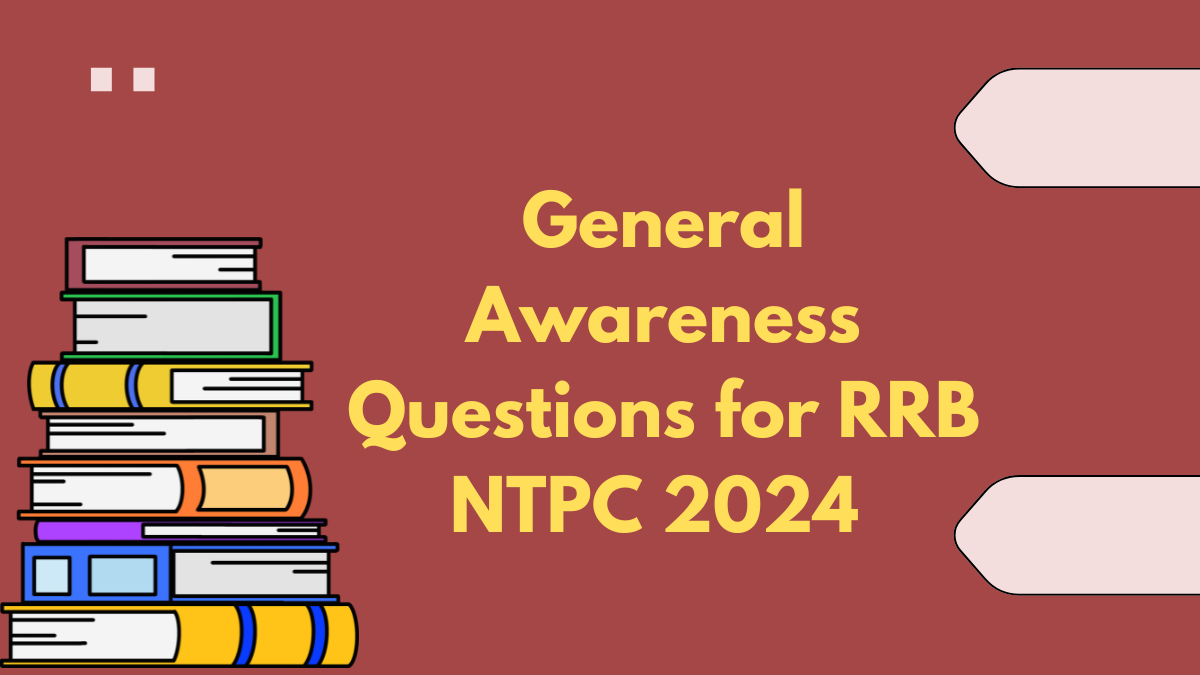
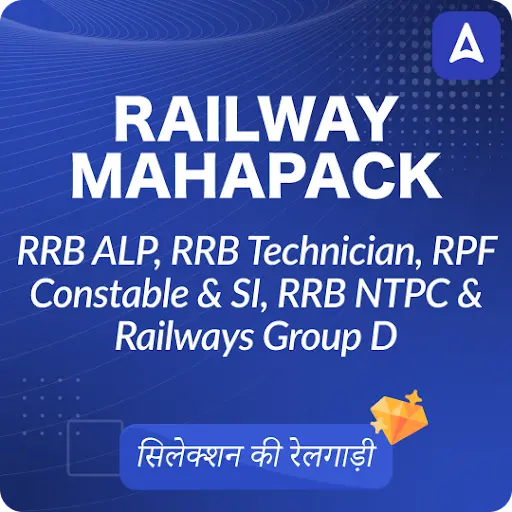

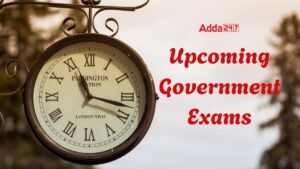 Upcoming Government Exams, Complete Govt...
Upcoming Government Exams, Complete Govt...
 Govt Jobs 2025, Latest Upcoming Governme...
Govt Jobs 2025, Latest Upcoming Governme...
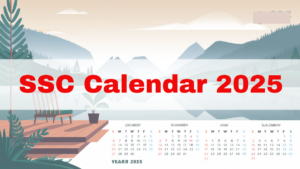 SSC Exam Calendar 2025–26 Out, Check All...
SSC Exam Calendar 2025–26 Out, Check All...
